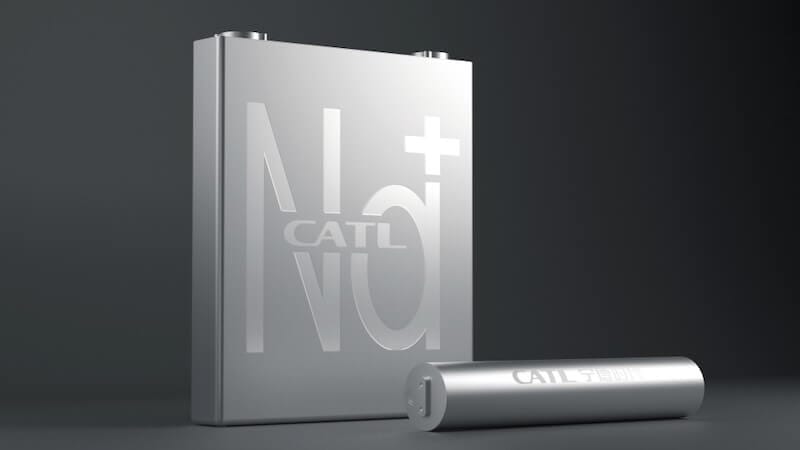
Sodium-ion batteries represent an alternative to lithium-ion batteries. They promise cost and resource advantages, but have a lower energy density. Nevertheless, technology is on the rise.
Sodium-ion batteries are close to commercialization. The technology is considered a promising alternative to lithium-ion batteries – particularly due to lower costs and the high availability of sodium. While lithium-ion batteries still dominate, sodium-ion batteries are gaining in importance.
One example is the second generation of sodium-ion batteries, which are intended to achieve an energy density of over 200 watt hours per kilogram. Compared to the first generation with 160 watt hours per kilogram, this seems to be a significant advance.
Additionally, sodium-ion batteries function in extremely cold environments down to minus 40 degrees Celsius and offer fast charging capabilities in temperatures as low as minus 30 degrees Celsius. These properties make them particularly attractive for use in cold regions and in electric vehicles.
The advantages of sodium-ion batteries
A key advantage of sodium-ion technology lies in its use of resources. Because sodium is abundant in the earth's crust. The extraction and processing are cheaper than with lithium. Sodium-ion batteries also use aluminum for the anode current collector instead of expensive copper.
This further reduces costs. The dependence on critical materials is therefore significantly lower. However, compared to lithium-ion batteries, the lower energy density of sodium-ion batteries poses a challenge.
Nevertheless, developers have introduced hybrid solutions such as the “Freevoy” battery pack. It combines sodium and lithium ions to take advantage of both technologies. These hybrids offer a range of over 400 kilometers for electric cars and enable more stable performance in extreme conditions.
Electrolyte optimization and future prospects
Another advance is the improvement of the electrolytes, which are intended to increase the service life and efficiency of sodium-ion batteries. Special electrolyte additives can minimize undesirable side reactions and create more stable boundary layers between electrolyte and electrodes.
These advances could make sodium-ion batteries more competitive and extend their lifespan. The developments show that the technology can be a sustainable and cost-effective alternative to lithium. The technology could play a key role, particularly in cold regions and in applications that do not require extremely high energy density.
Also interesting:
Source: https://www.basicthinking.de/blog/2024/12/10/natrium-ionen-batterien-2/


